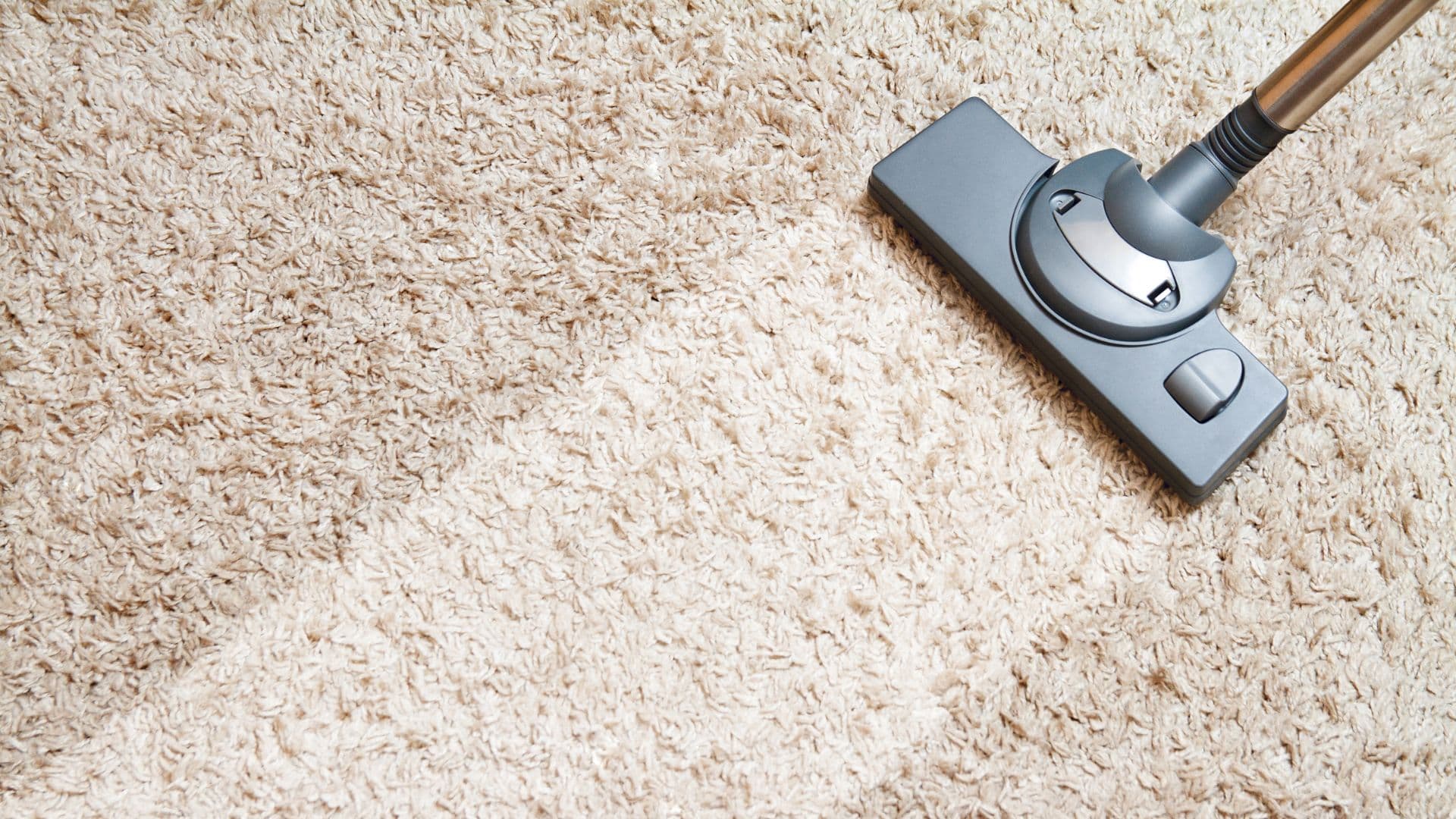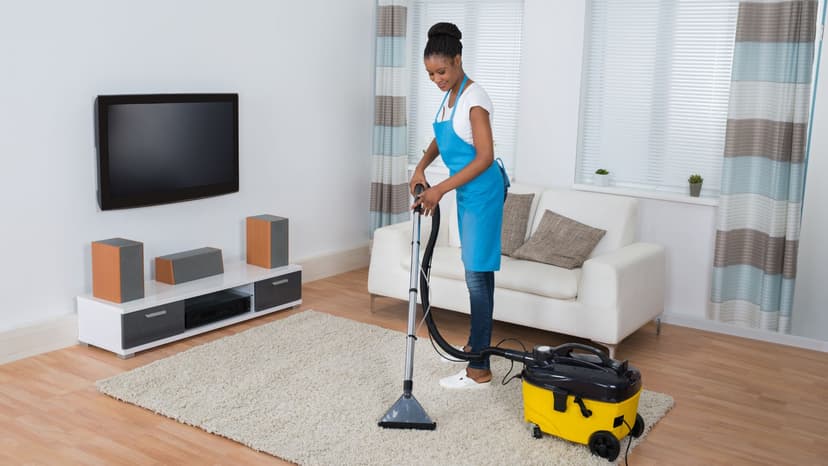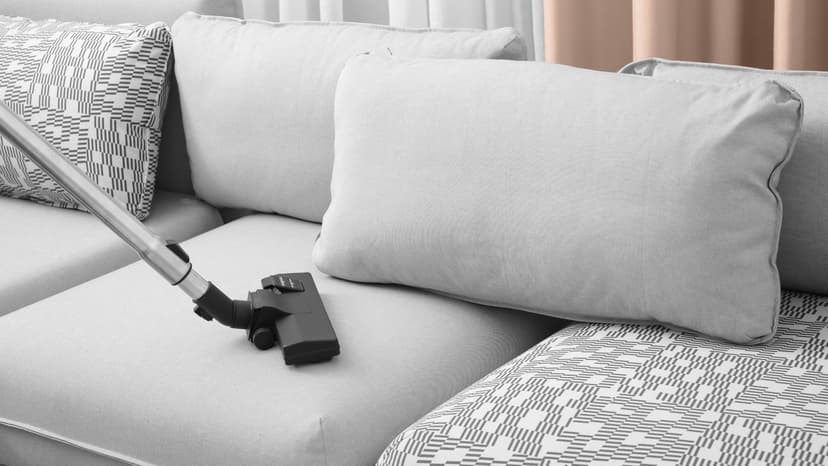How to Choose the Right Vacuum for your Cleaning Business
Vacation Rental Cleaning

There are thousands of options when it comes to choosing the best vacuum for your cleaning business. Let's dive into understanding the characteristics that make up a credible vacuum, different models, and some of the best vacuums on the market.
Here are three common measurements that are displayed when choosing a vacuum:
cubic feet per minute deals with how powerful the airflow is. Most vacuums lie between 50 to 100 CFM. air watts display the amount of power needed to produce credible airflow. Standard upright vacuums need a minimum of 100 AW. Canister vacuums need a minimum of 220 AW is another measurement of power similar that displays the amount of power needed to create powerful suctioning like Air Watts.
In general, choosing a vacuum that has a greater unit of measurement will make your cleaning service business thrive due to its ability to clean swiftly and thoroughly.

There are six distinct types of vacuums that your cleaning service business can purchase. Let find out which vacuum works best for your company.
Canister Vacuums come equipped with three main parts: suction nozzle, cord, and the canister in which the debris is stored.
Due to its flexible nature, the vacuum is perfect for small to medium-sized surfaces such as rugs, carpets, stairs, and even hardwood floors. Some models come equipped with a changeable nozzle that will give you the ability to reach surfaces off the ground. This vacuum is also lightweight and relatively compact which is perfect for those who require swift transportation.
On the contrary, this tool should not be bought if your business is cleaning large surfaces. It is also important to keep in mind that its three-piece design may be challenging to maneuver quickly.
Carpet cleaner vacuums utilize the power of suction, warm water, and soap to clean stains out of carpets. This tool douses the carpet with water and soap while the brushes at the front of the vacuum help break up any leftover particles that are trapped within the fibers of the carpet. This process occurs simultaneously as the carpet is being suctioned.
This type of cleaner should only be used for large carpeted surfaces. However, they are difficult to transport due to their large size and weight.
An upright vacuum utilizes its brushes to loosen dirt and other unwanted particles trapped within the carpet's fibers while suctioning them into a removable container. Some of these vacuums have additional features such as height adjustments, additional handles for easy transport, and retractable cords. It is also important to note that some of these tools also have extensions that allow for effortless cleaning in hard-to-reach places.
This type of vacuum is perfect for large areas of carpets and hard surfaces thanks to its ability to swiftly clean.
Like a carpet cleaner, your cleaning service business should utilize this tool for homes due to its large size and heavyweight. Apartment complexes or other structures may pose your cleaning team difficulty if they don't have an elevator. It is also important to keep in mind that this type of vacuum cannot reach under tight areas like under the bed or couches.
If your business is serious about buying a state-of-the-art upright vacuum, the Dyson Ball Animal 2 is the choice for you. This tool has the strongest suction of any vacuum on the market and can be used on any type of floor.
Handheld vacuums are perfect for cleaning small spills thanks to their cordless and lightweight design. Utilize this equipment when cleaning hard-to-reach areas, small surfaces, and couches. When sweeping hardwood or tile floors, using a handheld vacuum is a great way to collect the debris in contrast to a standard dustpan that often fails at collecting all unwanted particles.
This tool should be utilized by the majority of cleaning service businesses because of its adaptability.
A sweeper or stick vacuum is a great combination between a handheld and upright vacuum. It has a generous amount of suction like an upright vacuum while the majority have a cordless and lightweight design like a handheld vacuum.
This tool is perfect for medium-sized areas that have hardwood floors, tile, or thinly bristled carpet.
One should not use this type of vacuum if your business needs to deep clean areas in a timely manner.

The newest addition to the cleaning scene is the robotic vacuum. This compact form of equipment automatically vacuums areas. One can adjust sensors for more precise cleaning in regards to the closeness of walls and other objects.
Robotic vacuums are a great choice for cleaning service businesses who want to get a head start on cleaning the floor while working on other tasks.
This equipment is limited due to its inability to clean tight corners and limited areas. Furthermore, its small size comes with restricted suction which reduces its effectiveness on thick carpets and rugs.
Some vacuums come with the option to have a disposable bag or a canister that collects particles. Let's find out which one works best for your cleaning service business.
Bagged vacuums often have a larger compartment for storage. Another pro is that dust and dirt cannot escape the bag. The downside to acquiring one of these models is an increase in costs and waste.
When it comes to bagless vacuums, your business will be able to save money on replacement bags. Some of these models do require air filers that do require cleaning or replacement, however, the costs are far less than bagged vacuums.
Choosing a bagless vacuum does release more particles into the air when disposing of waste.
Now that you've figured out which vacuum works best for your team, let's find out some other tools to equip your team with. Download Taskbird today to start streamlining your cleaning processes and equipment management.